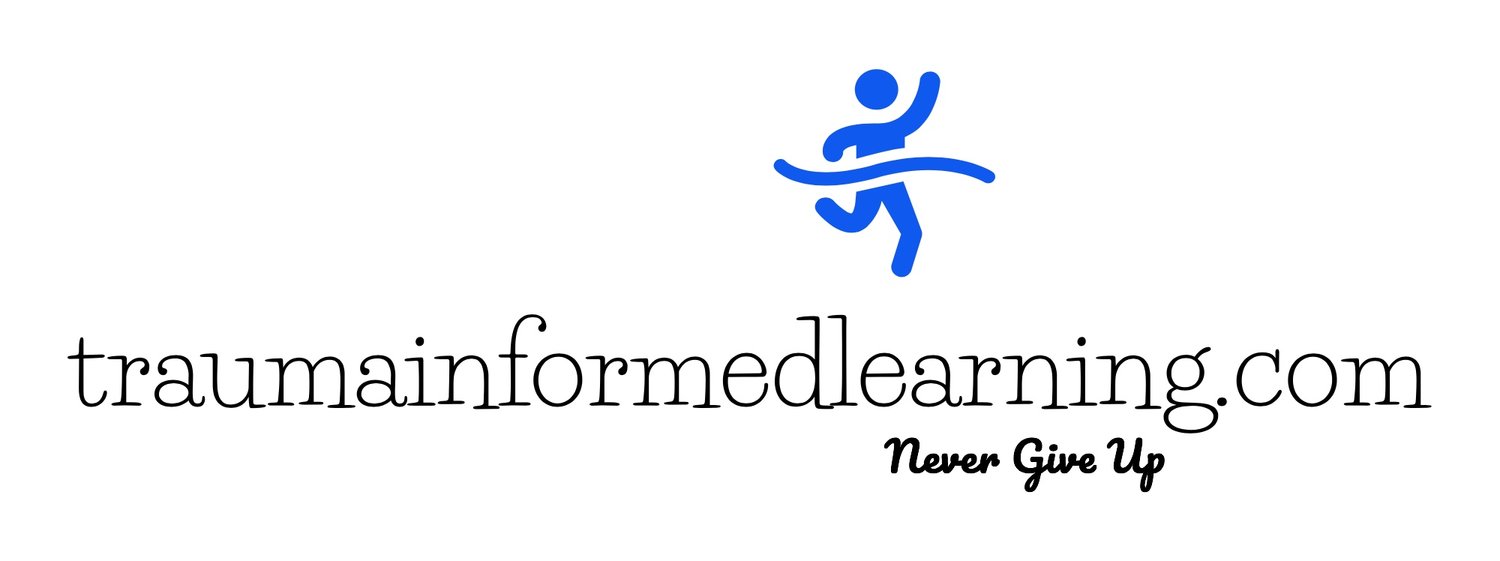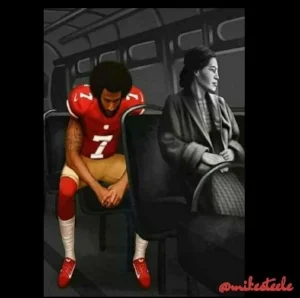Charlottesville; yet another opportunity to teach our students critical thinking
As a new school year begins, educators will eagerly enter the classroom challenging their students to become critical thinkers. The disturbing images of white supremacists on a college campus holding tiki torches with their hate chants were yet another wake up call for all educators to take action. You see, simply posting #NotMyUSA is by definition "white privilege." And even though I detest the despicable actions and ideology of these hate groups, I cannot turn a blind eye that such groups exist and have existed for decades in my USA. I may have been recently "woke"; but for marginalized communities this has always been their USA.
So, what must we do?
Before we as educators can infuse relevant current topics into our classrooms such as Charlottesville, Ferguson, Colin Kaepernick, Black Lives Matter, Confederate Statues, etc., we first need to create a sense of community built upon trust and safety for ALL students! Without this component, courageous conversations which play a large role in critical thinking development will quickly give way to mistrust and a betrayal of student vulnerability not easily regained.
In 2014, I was fortunate to be a part of a student-driven movement in St. Louis, Missouri right after Ferguson called Gateway2Change. We created spaces for student voice to tackle issues such as race through courageous conversations. At that time, teachers and administrators felt woefully unqualified given the racial tensions in our city to even broach the subject of race. In addition, most educators were too young to have remembered the Vietnam War protests on campuses. We also didn't have the luxury of having a #charlottesvillecurriculum to help generate lesson plans.
As I watched the images of Charlottesville, I couldn't help but think back to Ferguson and the lessons we learned. From a lens of an educator, I also became deeply disturbed by the number of young faces in the crowd at Charlottesville that represented communities all across America including my own. You see, we are ALL Ferguson and Charlottesville. Which means we ALL can be positive change agents. For educators, Charlottesville once again, served as a dire reminder of how important it is for critical thinking skills to be taught and nourished within our current pedagogy.
Warning: When you begin to use Empathy as your compass, you also begin the process of self-examining your existing belief system. For example, take a look at how we have treated indigenous people. Would you use the word genocide in the conversation? What about the labels we as a privileged class have given them throughout our history (Indians->Native Americans->Indigenous)? So using an empathic lens; would it be OK for indigenous people to remain seated during the national anthem as Colin Kaepernick has done? You see, I told you this wasn't going to be easy. However, if you can courageously support student voice in safe learning environments for these conversations, you just might find that the greatest growth in your room will be you!
Do you have a classroom environment where every voice would be valued and every student felt safe to have this discussion?
The good news is that as teachers you have an opportunity to create a new generation of positive change agents. Knowing that your students will be anxious to discuss and debate the current events such as Confederate monuments in cities; makes creating safe and trusting environments our #1 priority in the backward lesson design. Without safety, there will be no courageous conversations. Without courageous conversations, developing critical thinking gets lost to ignorance.
So, if we as educators truly want to instill critical thinking skills within our students, we must first begin with looking in the mirror. This process will undoubtably require you to experience discomfort-that is a given. Will you be ready and willing to do that for your students?
Step One: Learn how to facilitate courageous conversations in trusting and safe learning environments. This is the most important step and one that is not often included in those scripted curriculum guides!
Click here to watch one class tackle today's issues.
Step Two: Locate your curriculum or articles; with attention given to any pre-existing bias you may bring to the table.
Step Three: Listen and learn empathically. My greatest lesson learned as an educator with respect to; #BlackLivesMatter, came from one of my high school juniors who described it as such: "BlackLivesMatter" because it is "my" house right now that is on fire! That was MY lightbulb moment!
How are YOU creating safe learning environments in which ALL voices are primed to have courageous conversations? Please share in the comments so we can all learn together and thrive.


